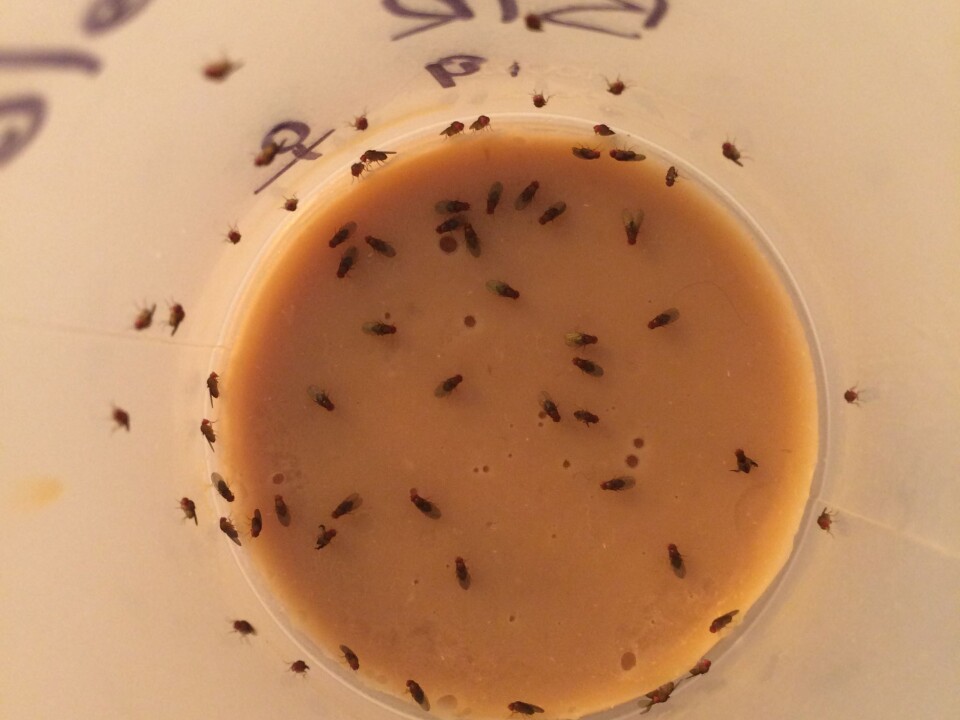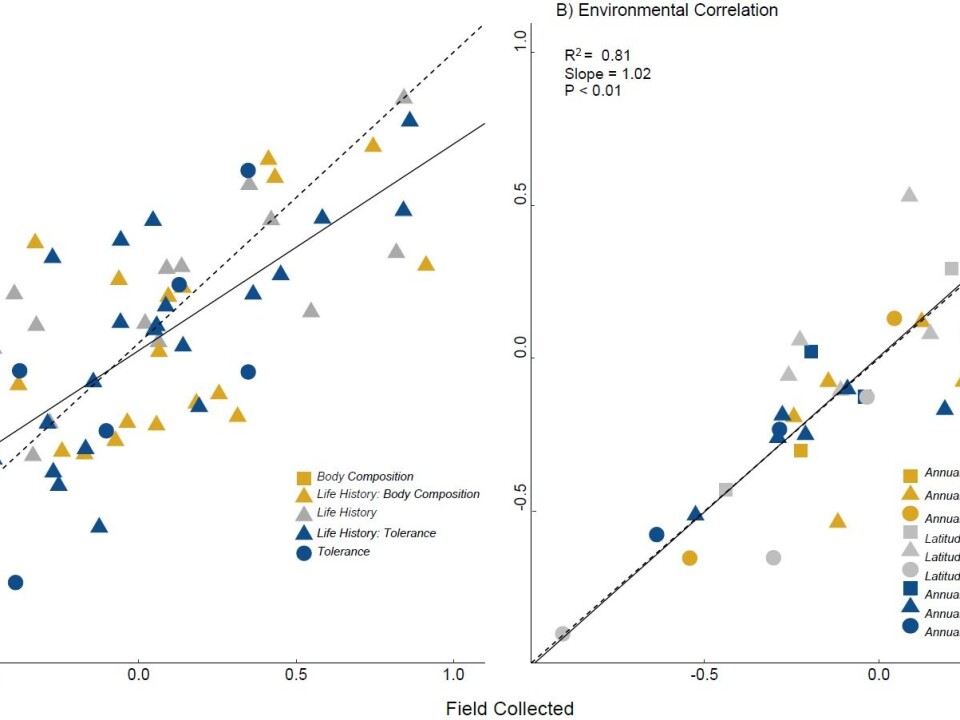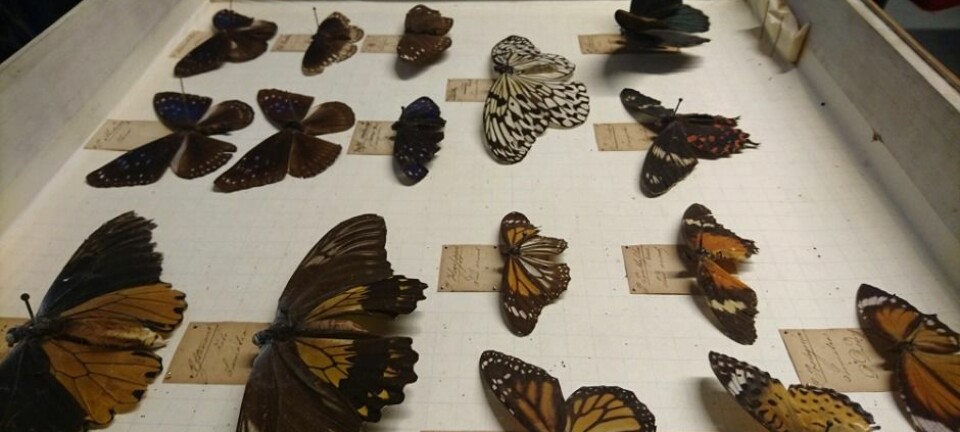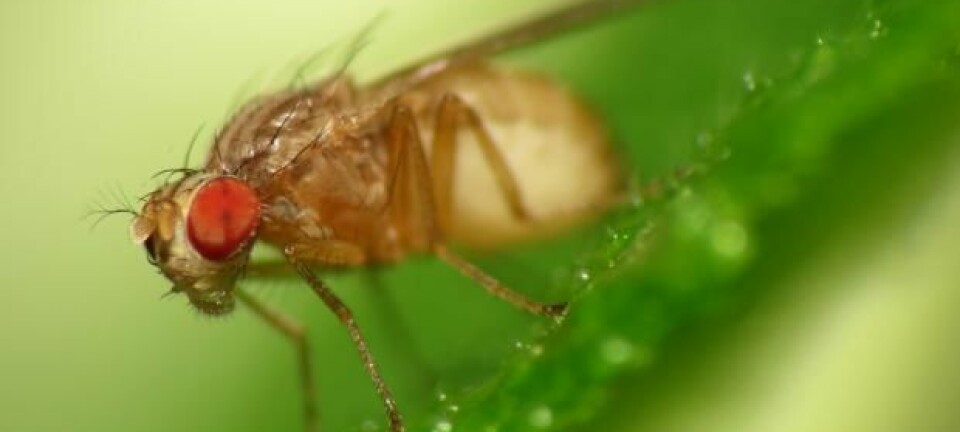
Are laboratory animals representative of their wild counterparts?
Despite being born and grown in the laboratory, our research suggests that their traits aren’t so different, making them perfect for studying how wild animals might respond to their environment.
Does a sheltered environment make you fatter? Lazier? Less tolerant of stress?
Can 20-100 generations in a laboratory undo millions of years of evolution in the wild?
It is a common practice in biological sciences to study animal populations maintained in the laboratory to draw conclusions about the ecology and evolution of animals in the wild. For example, our understanding of how insects will respond to climate change is based on measurements taken in laboratory animals.
These studies rely on the assumption that laboratory populations are representative of their wild living relatives, but how do we know this is the case?

If it is wrong, then a lot of what we know about conservation practices, or why certain traits are inherited from one generation to the next, or the factors that explain the global distribution of many species, could, at some level, be incorrect.
So, we set out to test this assumption using populations of laboratory-maintained and freshly-collected fruit flies. Reassuringly, we found that it holds up in several key ways. Our results are published in the Journal of Evolutionary Biology.
Read More: These animals can provide new insights into cancer
Previous studies showed no consistent differences
Since there is no point in re-inventing the wheel, the first thing we did was to look for any patterns in previous studies. If there are general rules about laboratory animals, then we could take this into account when using them. For example, if animals always live 25 per cent longer when they come from laboratory populations, we could adjust our estimates accordingly when applying results to wild populations.

We found 28 relevant studies on 7 orders of invertebrates, resulting in a total of 77 traits.
Surprisingly, we couldn’t find any significant trends in the size, life span, or stress tolerance of the animals studied. If the laboratory animals had been changed by virtue of being raised in the lab, we didn’t see any evidence of it. Even when we limited our search to just one type of fly, Drosophila, we did not find any consistent pattern.
But these studies were all conducted in a variety of laboratories in a number of countries in different decades- so were we really comparing like with like?
To the best of our knowledge, there had been no previous multi-species multi-trait study to investigate specifically whether life in the laboratory alters comparative patterns, so we decided to do one ourselves!
Read More: Humans curb movements of wild animals
New experiments agree: still no major differences
Drosophila are a popular laboratory animal and, as a result, there are numerous laboratory stocks of multiple species available globally. These stocks provide an essential resource for many researchers with neither time nor resources to collect fresh samples for each experiment. Thus, they were an obvious and even ideal animal for our study.
With help from researchers in Australia, Japan, and the US, we obtained nine newly collected populations from the same location as nine existing Drosophila laboratory populations. We then tested twelve traits, including their ability to cope with stress- specifically the lack of food and water and exposure to harsh temperatures, how big and how fat they are, how much they reproduce, how long they live, and how active they are.
Contrary to laboratory lore, we found that field and laboratory populations of flies can be a little different, but there is no consistent difference. For example, flies from the lab sometimes, though not always, died sooner than their wild counterparts. But this did not indicate that the laboratory flies were substantially different to wild flies.
Ultimately, we found that the biggest differences in traits occurred between the different species rather than if they had been kept in a laboratory for several generations. This meant using them for comparative studies (for example, measuring differences in the metabolic rate of three different species) was probably OK, but what about ecological studies? Can we use laboratory animals to measure how animals will respond to changes in their natural environment?
Read More: Climate Change draws invasive species to the Arctic
Can living in a laboratory undo millions of years of evolution?
To answer that question, we looked at the relationship between the traits we measured and the average environment (annual temperature, precipitation, and latitude) for each species. We did this for the freshly collected animals, which we considered to represent the “real” relationship. Then we did it again for the laboratory animals to see if they were different.
What we found is music to a lot scientists’ ears! There was no significant difference in the ecological trait correlations between the animals from the recent collections and those from the laboratory. That means that animals that came from cold environments were still better at coping with cold, even after living in a cozy laboratory environment, than those that came from warm environments.
In other words, twenty or even 100 generations in the laboratory environment is not enough to undo the millions of years of evolution that forged species differences.
Life in a constant laboratory environment with easy access to food, water, and mates, did not make our flies “soft!”
This is an important finding for scientists like me, who use laboratory animals to understand where species live, how they survive, and how they might respond to changes in their environment.
Not only does it mean we can be confident in the results of previous studies comparing laboratory animals with wild animals, it also means that we don’t have to go out to the field and collect specimens each time we want to do an experiment!
---------------
Read this article in Danish at ForskerZonen, part of Videnskab.dk










